The Importance of Imagery in Conservation Activism
Media serves a lot of different purposes in today’s society and can invoke a huge range of emotions in those exposed to it. For those of us with a passion for imagery, audio, and other types of creative outlets, there is an immense responsibility to ensure we’re spreading the right messages to our audience. In the marine conservation and ecotourism world, my cohorts and I have taken on the rather large task of helping to illuminate the problems and threats faced by our ocean and its inhabitants through our work in education, tourism, and media collection.
It is a thrilling challenge, and one that allows us to spend countless hours in and around our favorite liquid medium and some of the most magical creatures on the planet. We get to dance with manta rays, glide alongside humpback whales, twirl with dolphins, converse with fish, saunter next to sea turtles, and wander through forests of coral.
Dealing with the Damage
But it’s also a depressing and earth-shattering challenge that forces us to confront some of the most painful truths of conservation. We swim through plastic, snorkel amongst bleached and broken coral heads, and observe cetaceans with entanglement and propeller scars on their backs and fins. We read about entire populations of marine life slowly disappearing. We feel the warming ocean on our skin. We deal with the wild weather that is rapidly changing as the atmosphere heats up. We hear stories of “how it used to be” by those from the older generations, who were able to travel and explore before the destruction was truly noticeable.
Working on the water is not always a glamorous task, either, no matter what Instagram might lead you to believe. We coat our wind-burned faces and chapped lips with endless layers of zinc, wrestle loose bits of hair out of our mask straps on the daily, dab antibiotic ointment on cuts that just won’t heal in our salty environment, and slather coconut oil on our hair in an optimistic attempt to fend off those pesky split ends. We spend hours on the computer, our tired eyes editing photos and videos gathered from the day as the clock trickles on. We do yoga and journal and meditate to give our brains a break from the endless chatter and positivity required from those working in customer service. It can be pretty exhausting.
Keeping the Attitude of Gratitude
But it is SO worth it. I wouldn’t trade it for anything. I am incredibly grateful for ALL of the opportunities I have had, the places I’ve lived, the animals and landscapes I’ve seen. The imagery we are able to capture is put to use to show the beauty of our ocean, along with the struggles it faces. Through The Greenest Blue, I work to inform my readers of the tasks we need to tackle to fix our mess, but not in a depressing way. I want to empower people and show them what is worth fighting for. A shot of a breaching humpback whale, or a video of a manta twirling over a reef, even a a recording of orcas echolocating and chattering to each other…you just never know what piece of media might speak to a particular person. If we are able to harness the power of our art to communicate the beauty - and the human-induced chaos in and around the beauty - we will be speaking our truth and helping to bring the ocean’s plight to life.
We want to speak for the sea. And sometimes, we speak best through visuals. I’ll leave it at that. Enjoy the bits and pieces of media I’ve gathered for you, and if you have some you’d like to share, please link to them in the comments below!
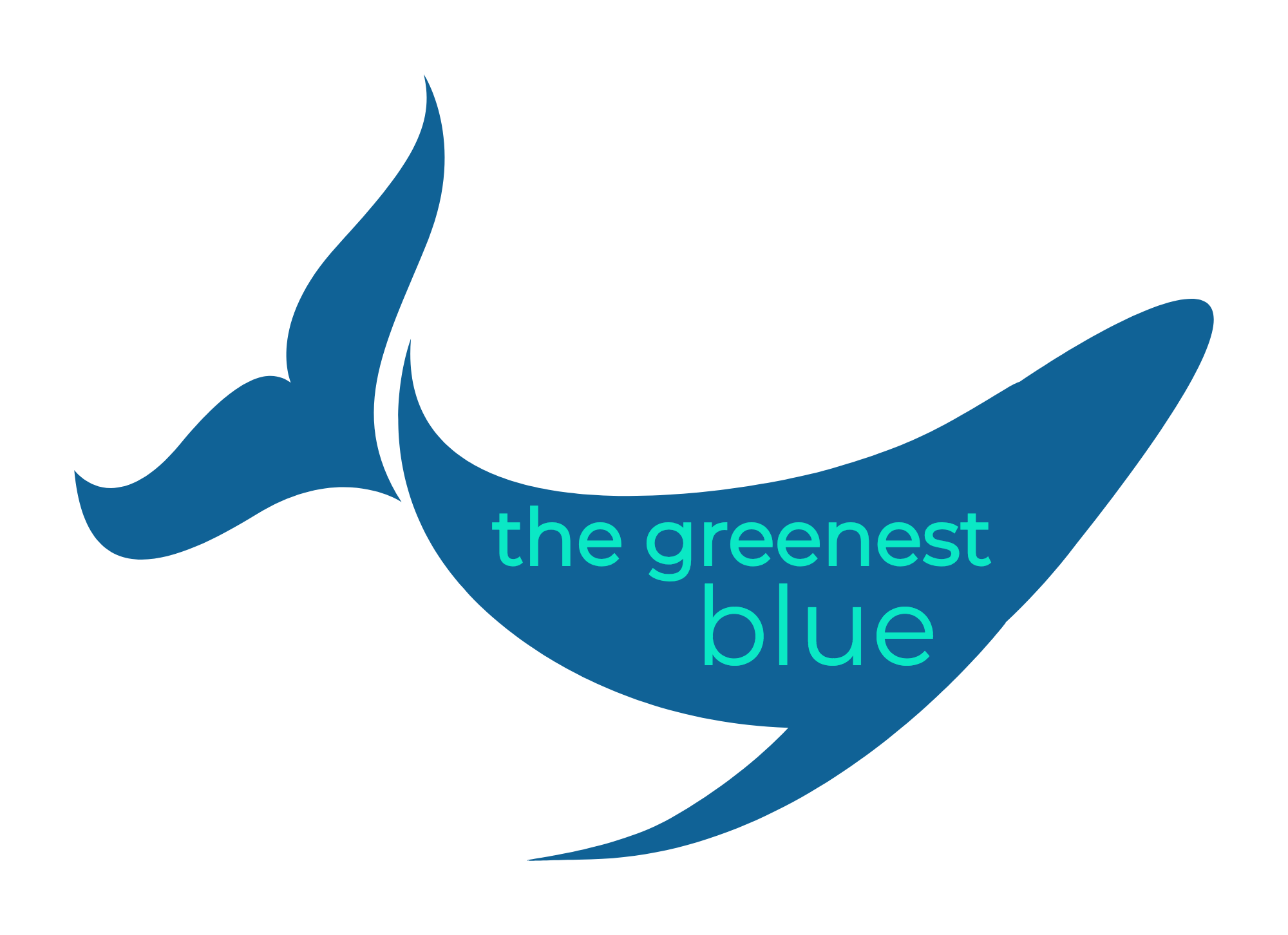
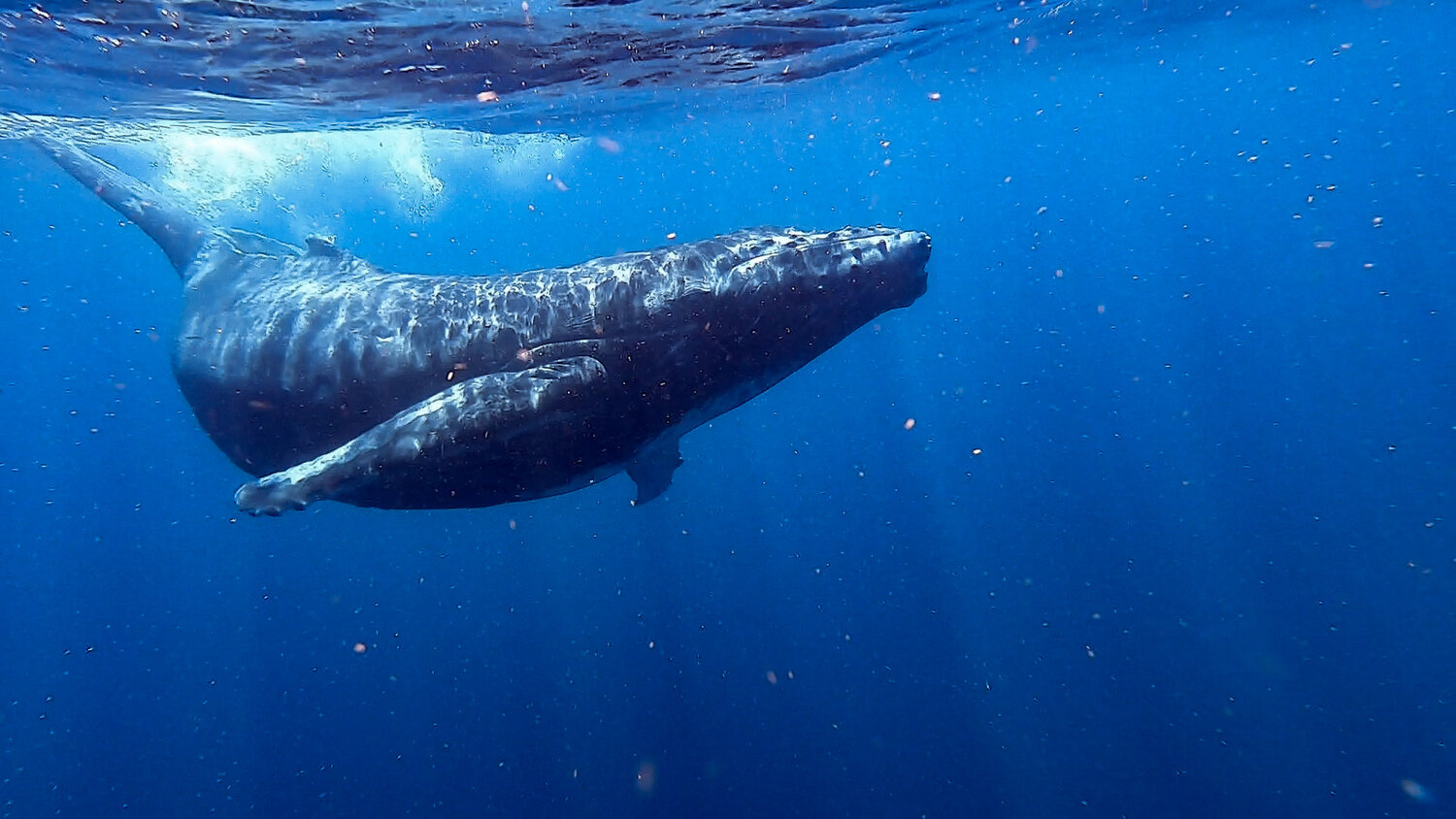

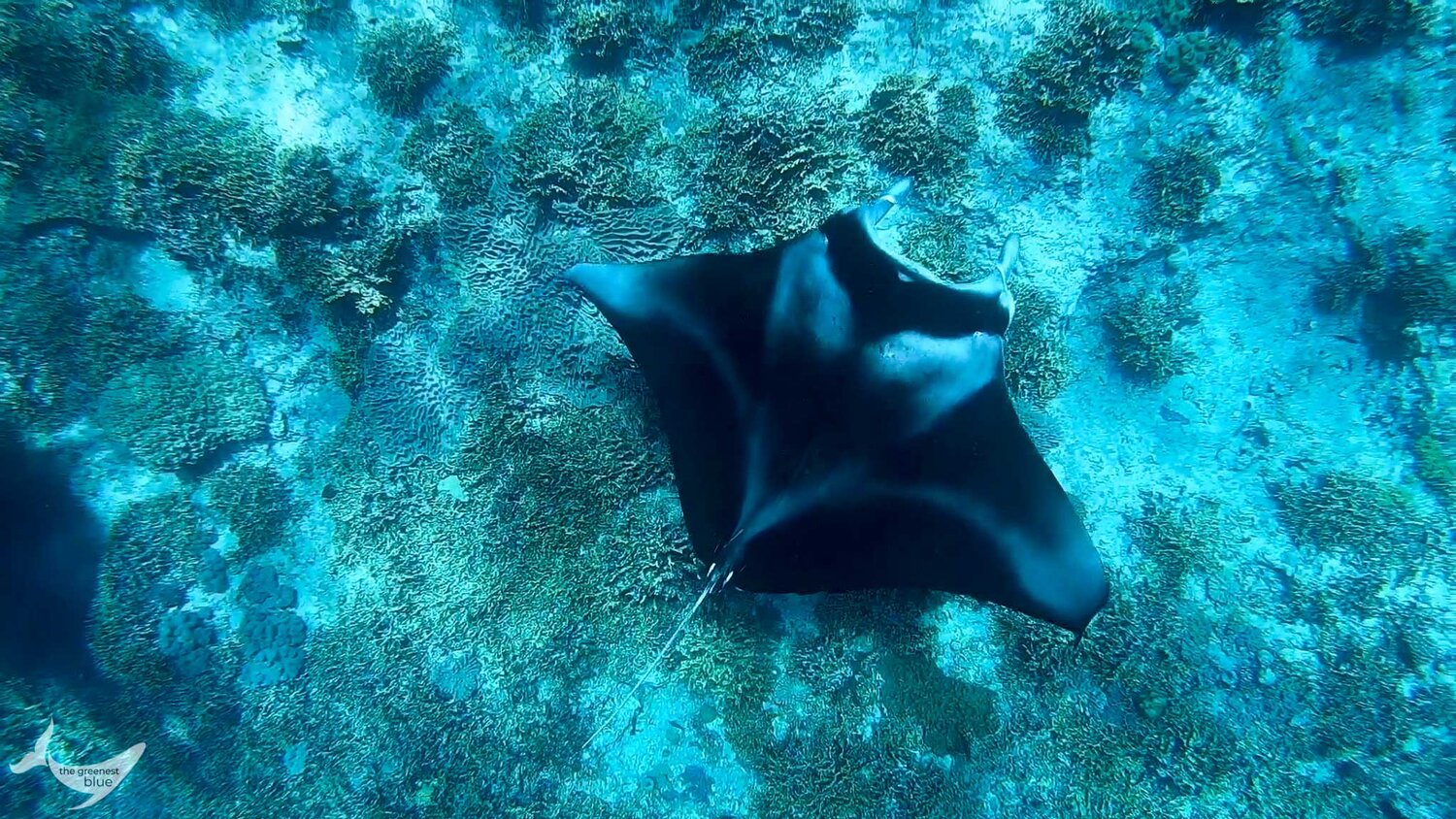

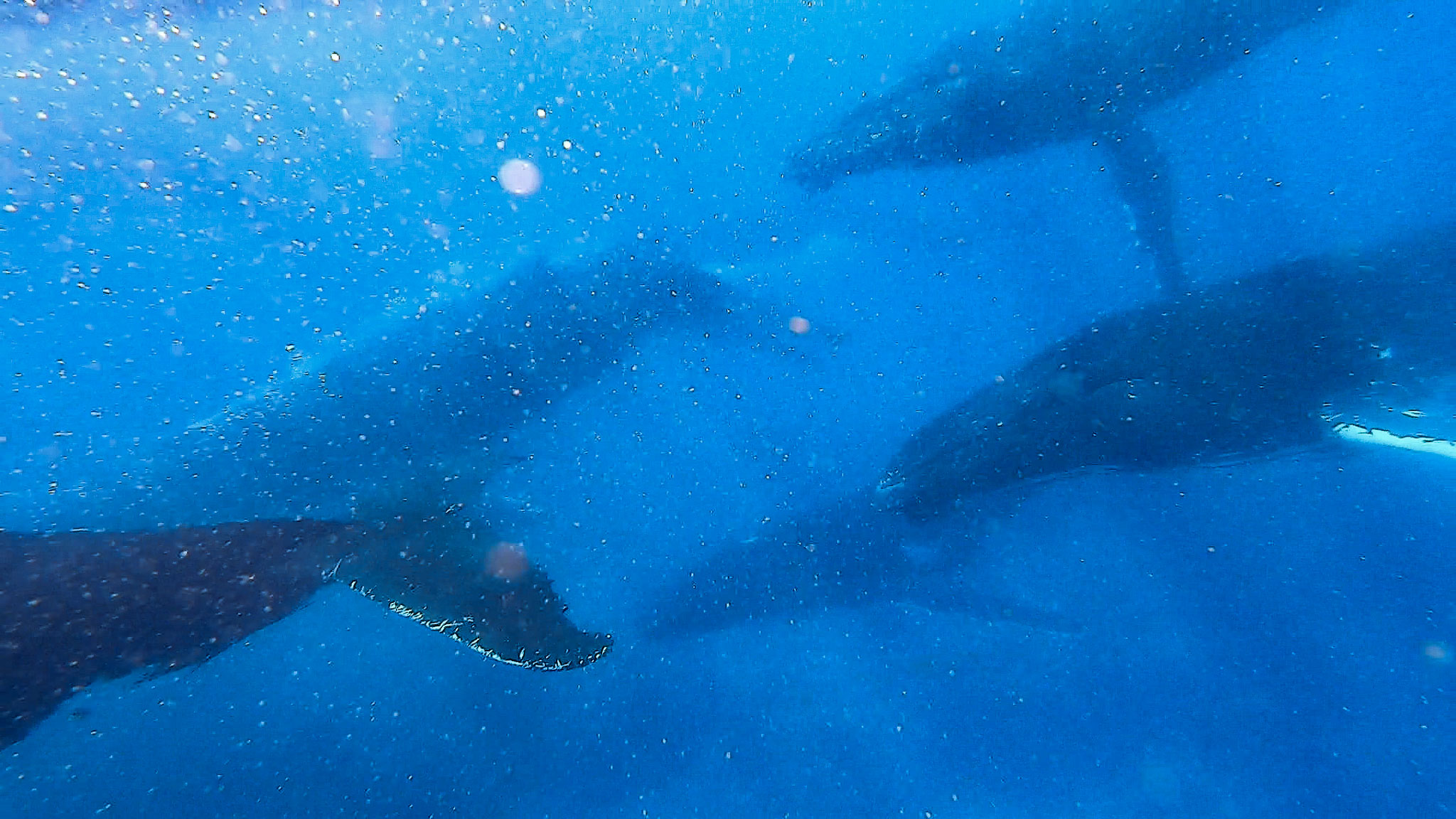
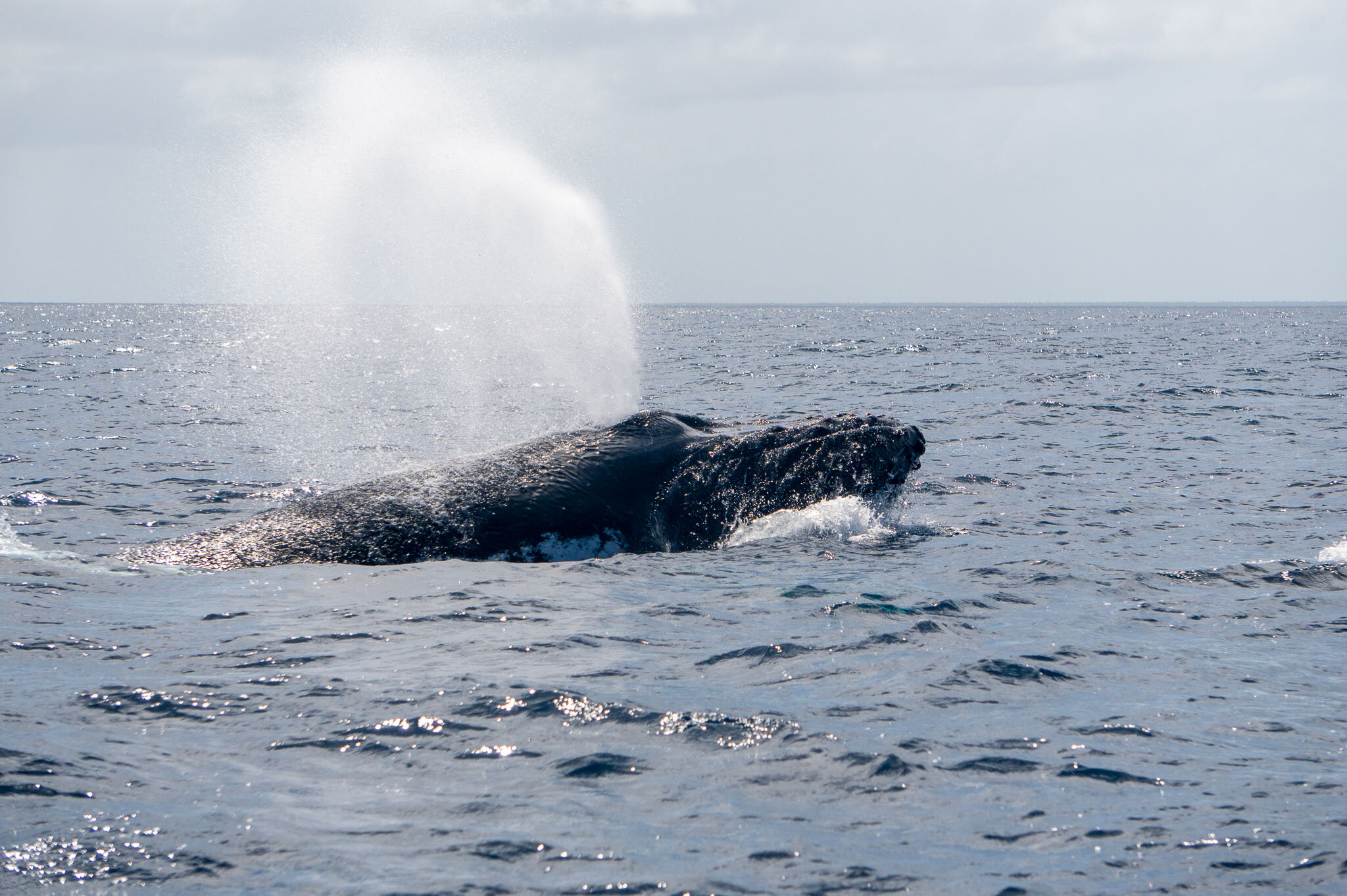
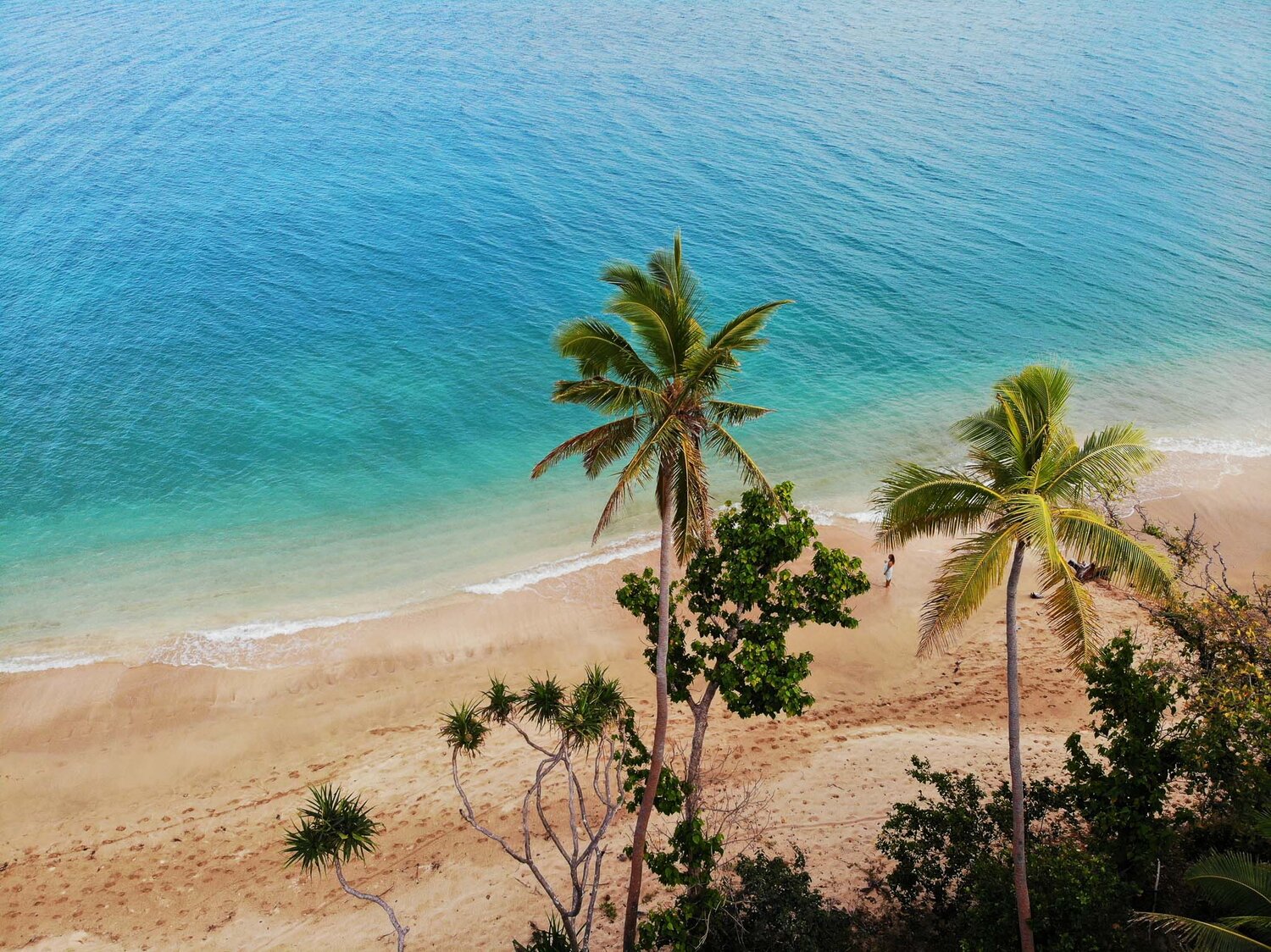
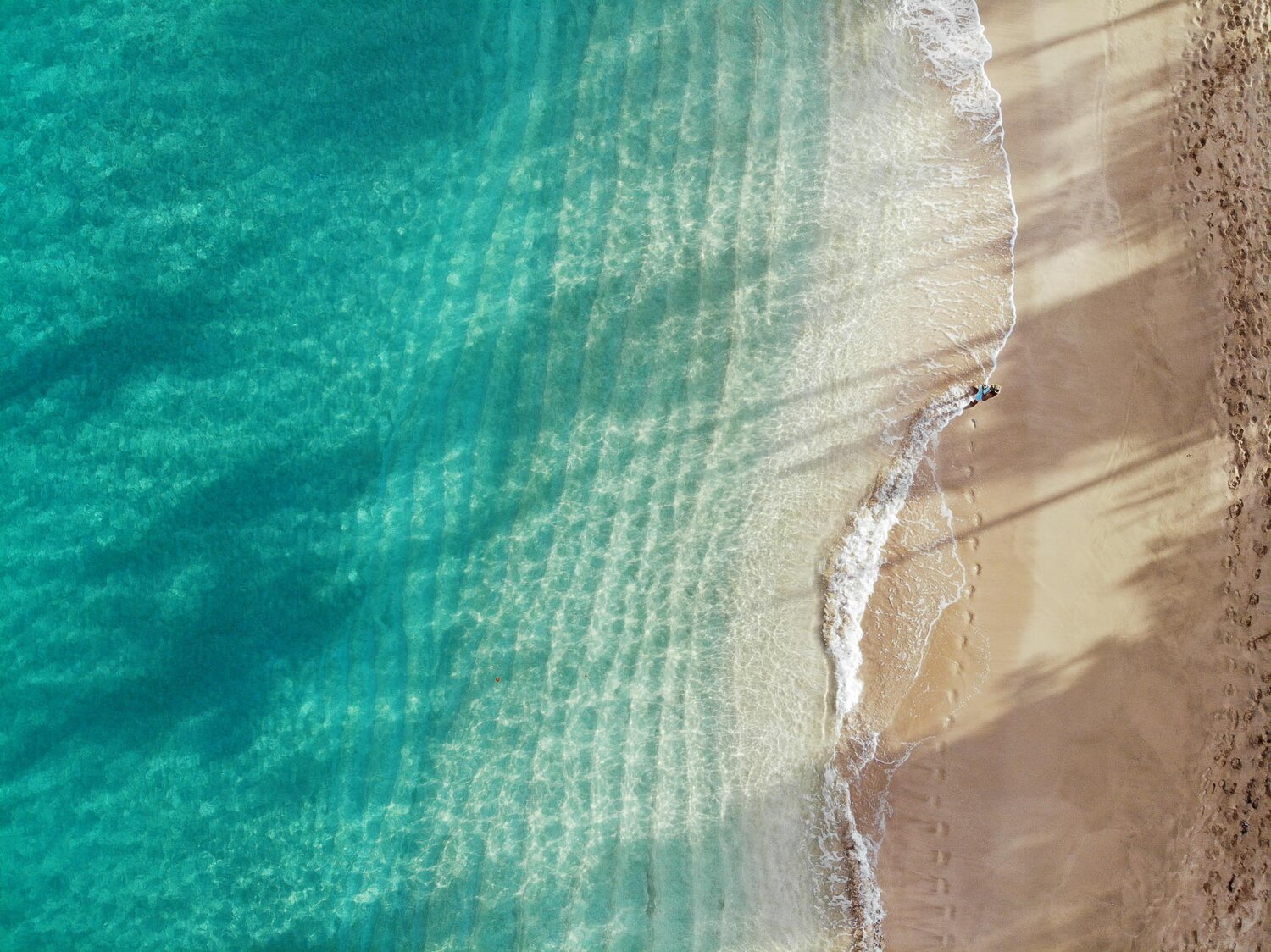
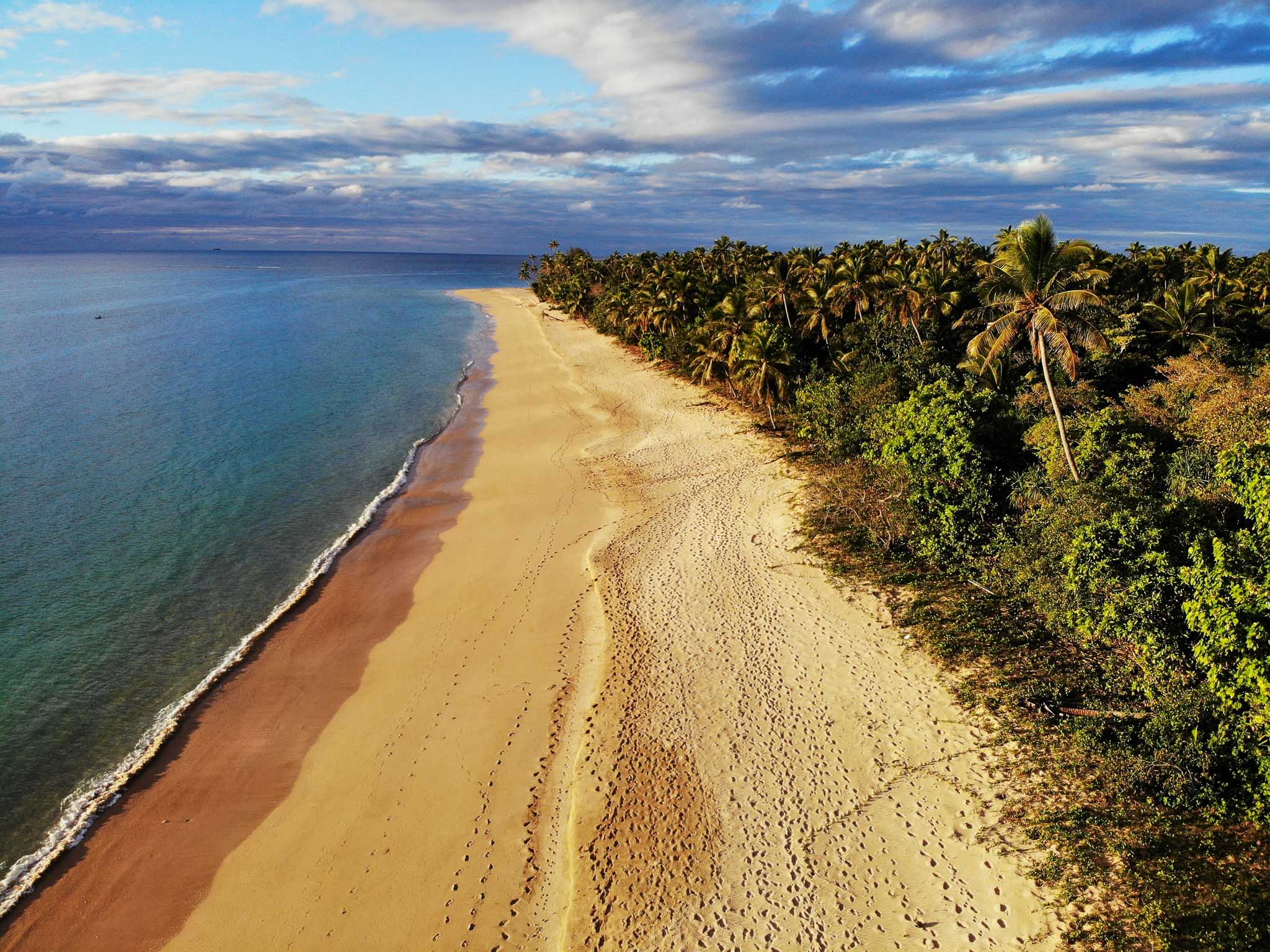
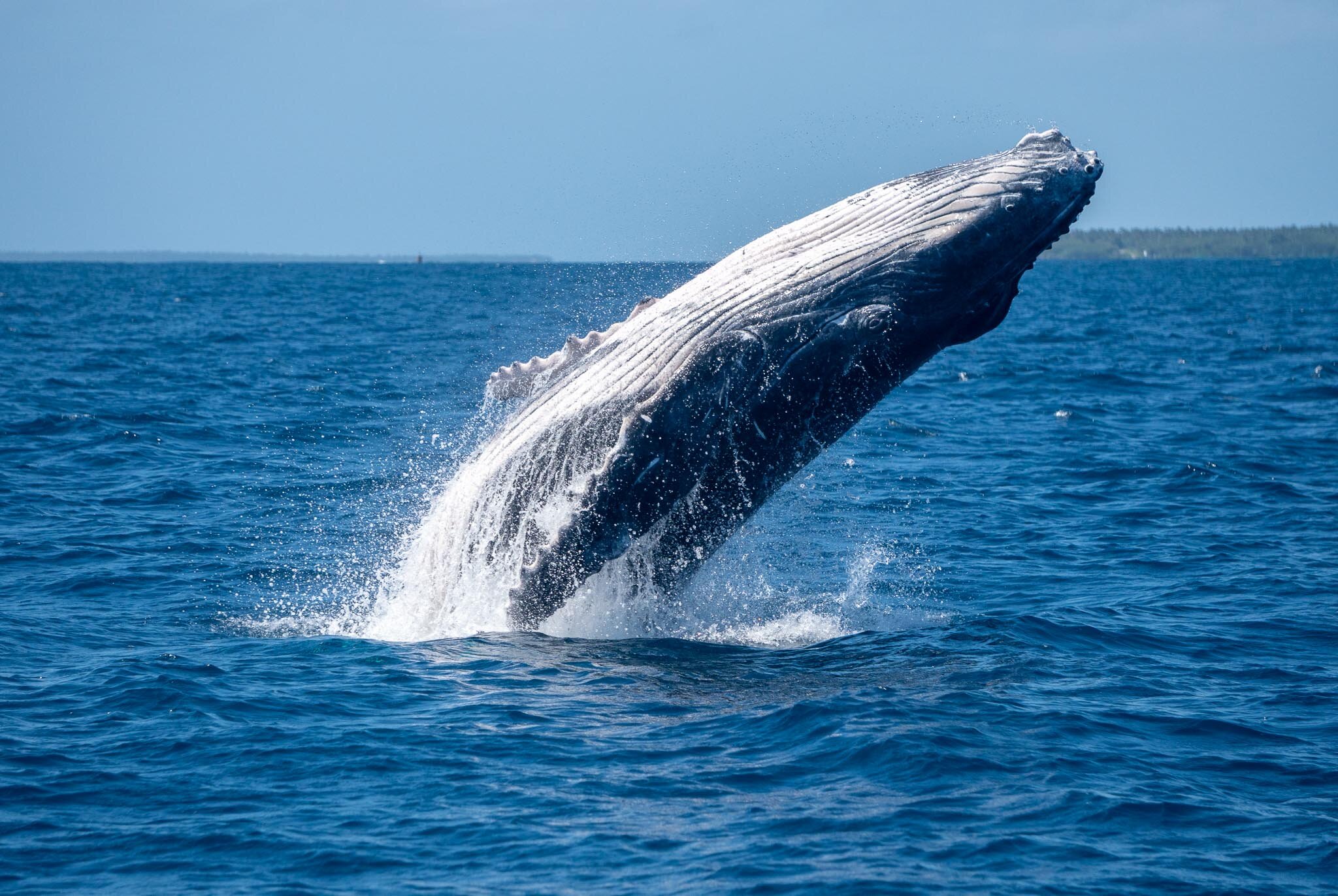
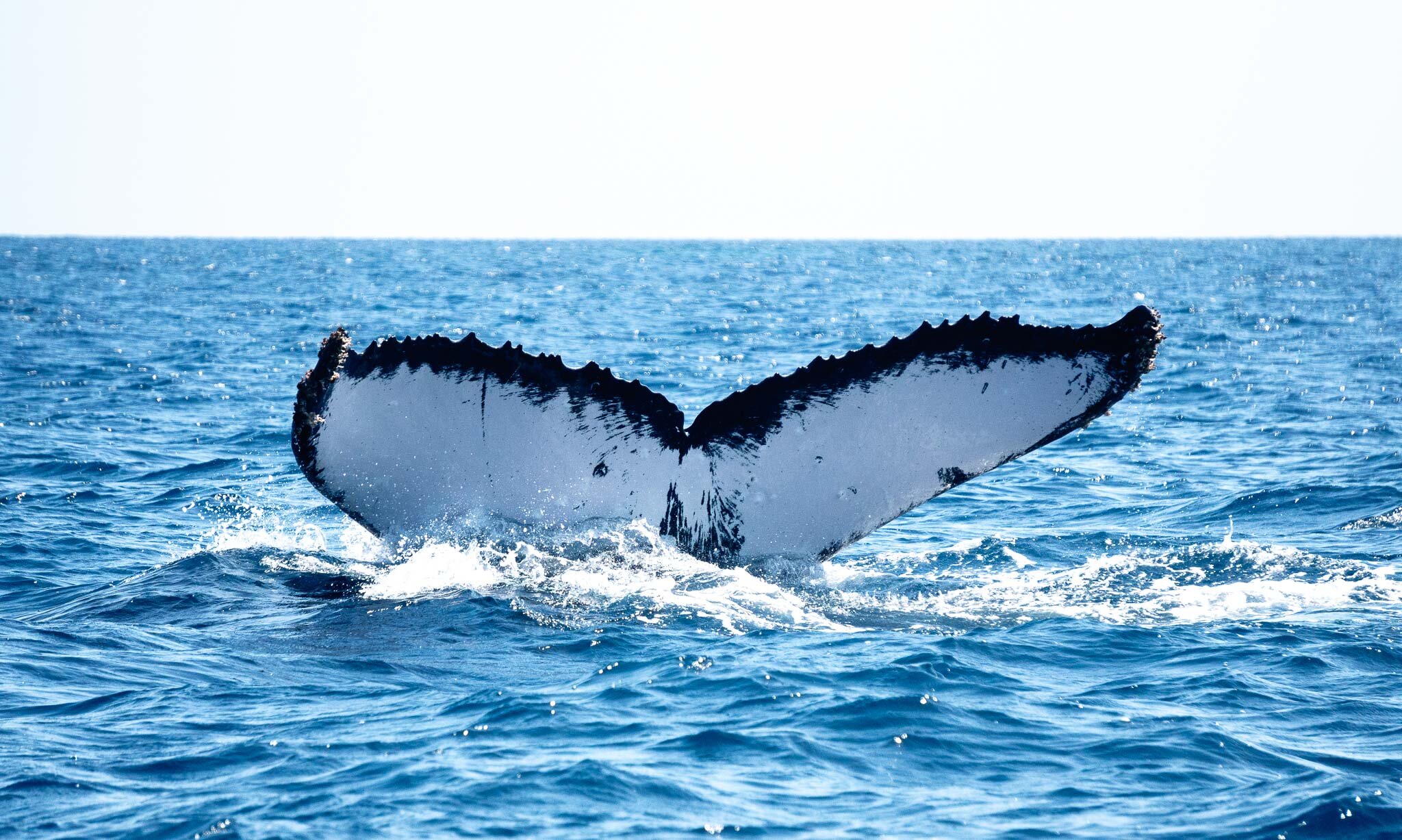

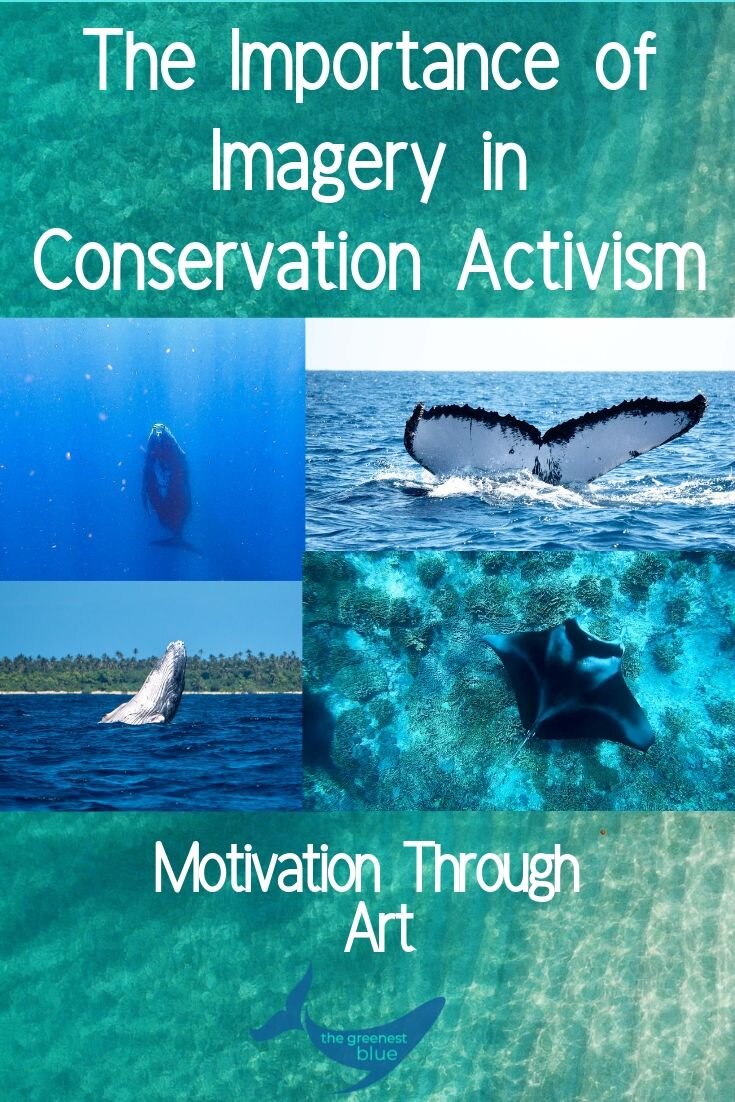


For now, I want to share this particularly special experience that is unfolding, right now. I’m on a ship in the Antarctic, specifically the Antarctic Sound on the northeast side of the Western Antarctic Peninsula, with a group of 120 women and non-binary people in STEMM. It’s facilitated by Homeward Bound. Read more here: it’s late, and this girl needs to get to bed.
But I wanted to start a log of our experiences each day, and I need to get caught up before time flashes by and I’m disembarking in Ushuaia in two weeks. Updates will be mostly through photos, as that is the energy level I’m working with currently.
Kinnes Cove
Home to a bustling Adelie penguin colony, with some Gentoos and a random Chinstrap or three thrown into the fray. We saw a sleepy, chunky Weddell seal hauled out on the shoreline, and a few lazy humpbacks cruised past our zodiacs on their way to redder pastures (because of krill, duh).